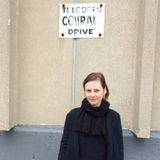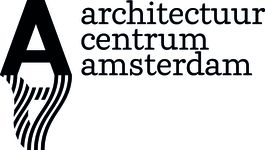In this trilogy, we speak with architects who use the computer to design. Like people, computers, networks, and things become more and more closely connected, we investigate how computers influence not only design but also our thinking and skills. After years of playing SIM-city and Minecraft, wouldn’t it be logical that we would now (partly) leave the design to other parties than just the architect? We are not looking at architects such as Zaha Hadid and Frank Gehry, who make frequent use of computer software in the production of their buildings, but actually, design by hand like traditional architects. But to Gregg Lynn, for example, who uses animation software from the film industry to design his buildings, or to Lars Spuybroek who designs based on natural and artificial patterns.
Teresa Fankhänel is an exhibition maker and writer. She currently works as a curator at theArchitekturmuseum der TUM in Munich. After studying art history at TU Dresden she received an M.A. in architectural history from The Bartlett School of Architecture, London. As a curatorial assistant, she was co-organizer of the 2012 exhibition “The Architectural Model—Tool, Fetish, Small Utopia” at the German Architecture Museum in Frankfurt.
Jana Culek is an architect, urbanist, researcher, and illustrator from Croatia, living and working in the Netherlands. She is the founder of Studio Fabula, an architecture and urban design office in Delft. Since 2018 she began to work on her Ph.D. at the TU Delft Faculty of Architecture and the Built Environment, researching utopian projects in architecture and literature.
You+Pea is the architectural design studio of Sandra Youkhana and Luke Caspar Pearson. Their work explores the integration of videogame technologies into architectural design, leading conversations on how games can engage new participants in the design of cities. They have taught and lectured on the subject worldwide. You+Pea’s work operates between the design of architectural interventions and virtual worlds, alongside developing a critical theory that underpins their connection.












